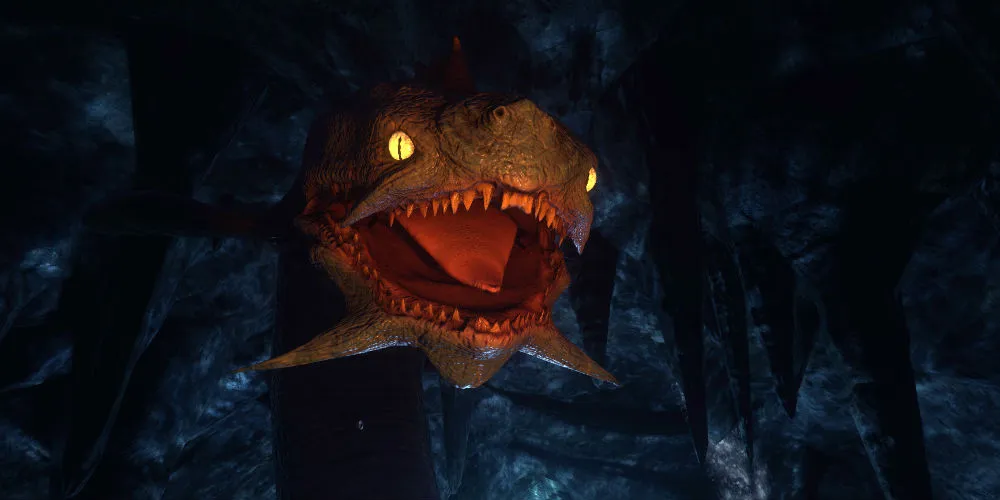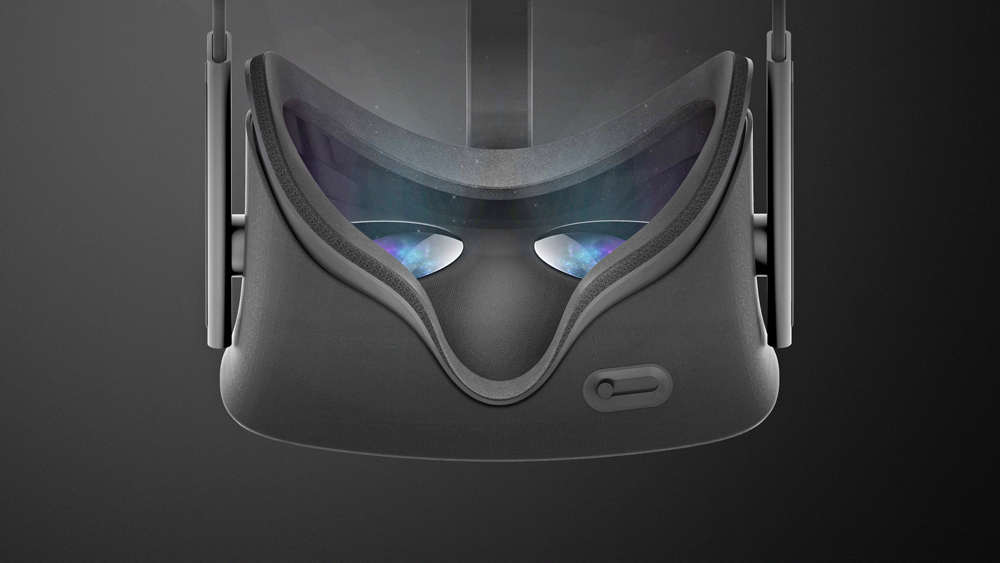There was a small, unassuming picture of Houdini that captivated me when I was growing up. It sat, framed, on my grandfather’s desk, amidst organized piles of technologies, books and notes on the secrets behind magic of all forms. The picture was the only hand-drawn eyewitness account of Houdini’s final moments backstage, before his death. As the granddaughter of a magician, I grew up knowing that the world’s most acclaimed illusionist was also human, and that people have the power to produce magic.
It’s no surprise that the most prolific innovators in VR have a connection to magic. Magicians are storytellers that have mastered the ability to convince you that what you see, no matter how far fetched, is real. And, they have the knowledge of how to manipulate your attention to bring you along with their story.
Before becoming Co-Founder and Chief Creative Officer of The VOID, Curtis Hickman was a magician creating illusions for David Copperfield and Chris Angel. Unity’s Interaction Designer IXD UX/UI and Augmented and Virtual Reality specialist, Greg Madison, has been mastering the integration of technology into his magic performances, teachings and innovations for over 20 years.
These prominent magicians of VR shared some of their secrets with me, on how they conjure virtual experiences. I also spoke with acclaimed neuroscientist, magician and co-author of Sleights of Mind, Stephen Macknik, for insight into what VR content developers can learn from the neuroscience behind magic.
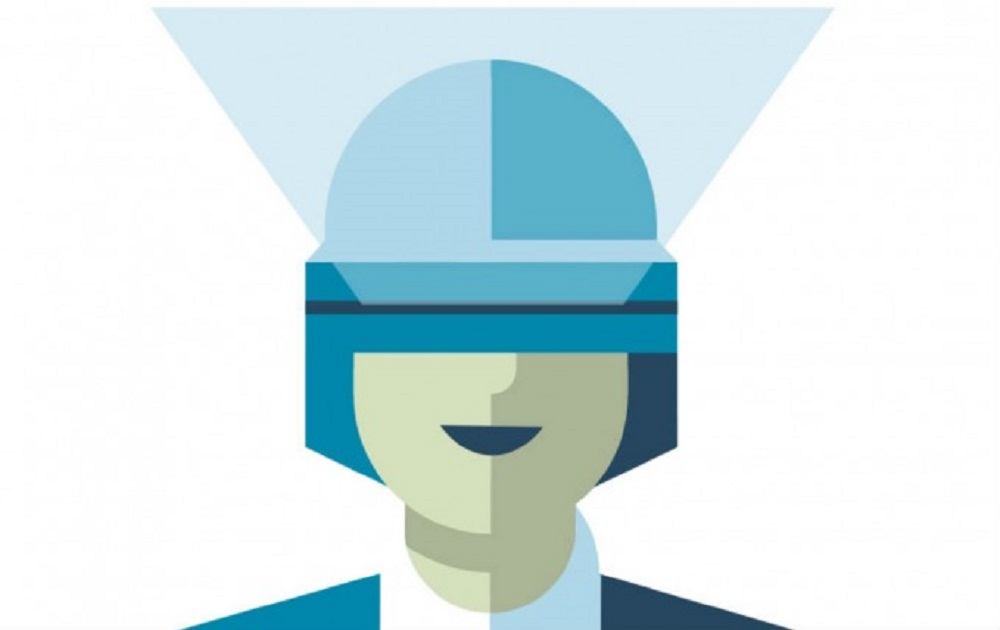
Secret 1: Make Mental Arguments
Much like magic, Stephen explains that “VR gives you a nudge in a certain direction, and your brain extrapolates the rest.” In fact, the more you present to the eyes, it makes it easier for them to do their normal processing. The immersion into a virtual world alone, gives a feeling of presence far beyond other tricks.
But, as visitors start to explore the words, it’s imperative to make what Curtis Hickman calls “mental arguments” to convince them that what they are experiencing is actually there. He explained this concept with a simple stage magic example: A magician can be on stage, and create the illusion of a ball floating in the air above him, but the audience will assume that that there is just a clear string holding it up. So, the magician needs to rotate a hoop around the ball to make the mental argument that nothing is connected to the ball, in order to achieve a moment of astonishment.
Mental arguments that virtual worlds exist, can be as simple as leveraging the haptic feedback of a controller when it touches an object, or the ability to lift a virtual object in front of you. Most effort needs to be put on the items that are closest to the visitor in the virtual space. As Curtis explains, seeing a car floating in the distance, and seeing an object sitting on a table in VR are “equally impossible because all images are digital… if I prove that a can sitting on a table is real, the brain assumes that the car is actually floating as well.”
Greg Madison is leading UX Design on Unity’s Carte Blanche research initiative, on “VR-in-VR authoring tools for non-technical users.” When Carte Blanche is being used “everything is based on the fact that you’re sitting at the table so you can feel the [actual] table… it’s natural to lean on a table, so you feel genuinely related to the objects in the world.”
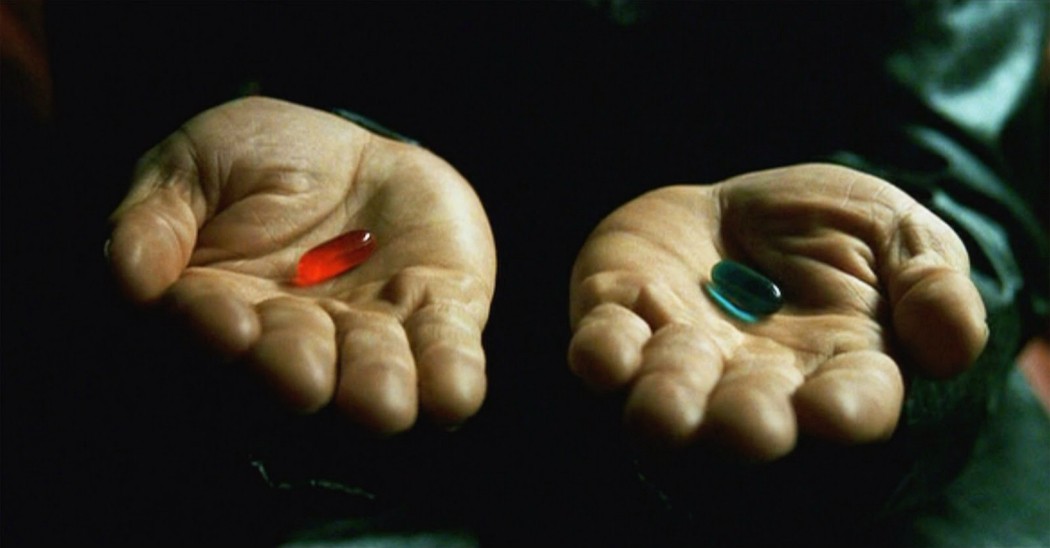
Secret 2: Offer the Illusion of Choice
A mentalist is a magician that gives the impression that they have extremely strong intuition and mental abilities, to the point where they are able to effortlessly read minds and predict the future. In order to be successful, a mentalist needs to understand their audience intimately, and guide them towards choices that they feel are their own, creating the illusion of choice. The right choices are the choices that will produce the illusion of magic.
VR content creators can benefit by thinking like a mentalist. The choices that people will make in room-scale VR will impact the quality of experiences they will have with the content. It’s important for them to choose the mental arguments that convince them that they are actually present, and to make choices that will help them engage with the virtual world in the most entertaining ways.
In the development phase, Greg Madison studies every detail of people testing his experiences, from where their attention is, to their body language, to know if the cues he has developed are working. When it comes to developing content, he says that “the observation is the biggest part,” and retina tracking will become a powerful tool for his UI design.
Think about being in an experience at The VOID. Sceptical users can take time wondering all around the stage, seeking far-out virtual objects that aren’t actually mapped over physical objects, or distant paths that may not actually lead anywhere. But, the content in The VOID naturally integrates subtle hints, through intrigue, as well as some of the elements below, to help people feel more engaged with choosing what they do.
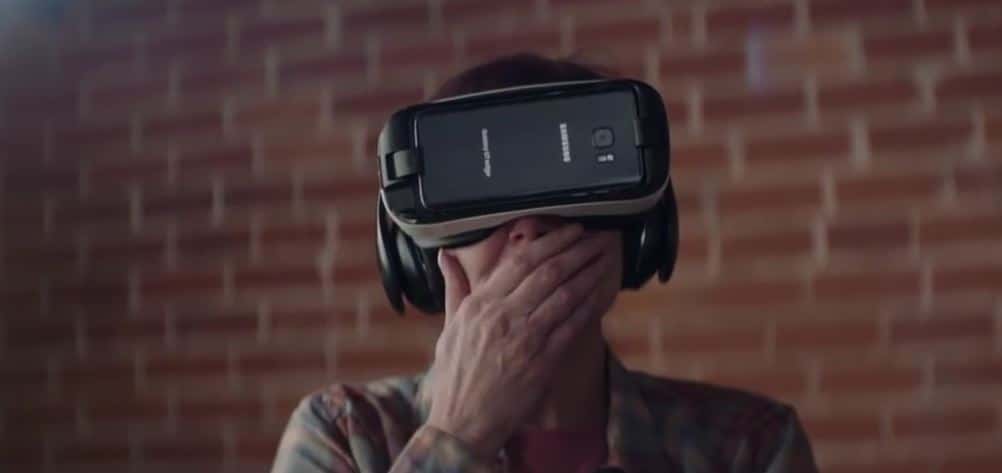
Secret 3: Control Attention with Emotion
Neuroscientist Stephen Macknik describes attention as a cognitive illusion, and “a magician uses emotion all the time…for the purpose of controlling your attention.” We have a limited capacity for attention, so if you are engaged with a new emotion, you have “no choice but to attend to what’s happening inside of you.”
If an audience is laughing, they can’t pay attention, leaving them more prone to being surprised by something moments later. If a visitor to your VR world feels empathetic towards a character, they may be drawn closer to them, and they may also need more time to feel connected to the other characters in that space. Guide your audience to the edge of a virtual cliff, and their fear will overtake their attention towards other details. Challenge people to conquer a task, and “they forget everything else…and you won’t need to have so much going on around them.” Greg commented.
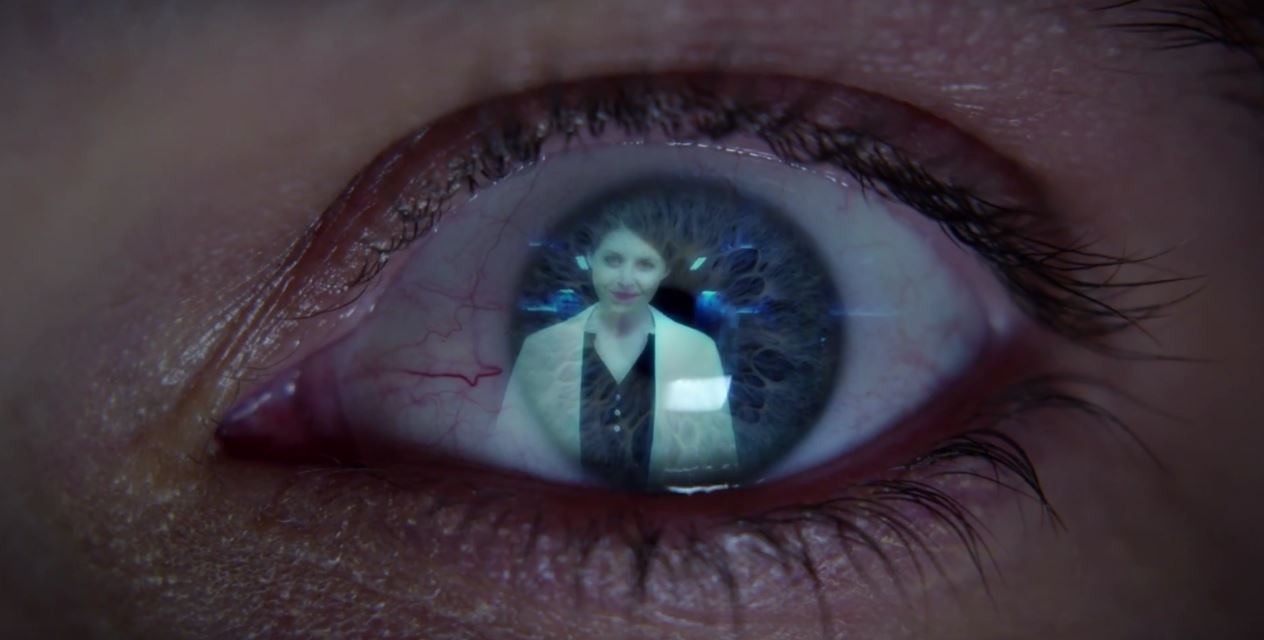
Secret 4: Leverage the Senses
Greg Madison begins integrating elements into his virtual worlds by first understanding what is needed in the experience, and then exploring the best ‘physical’ solution for it – from visual to audio tricks. He cautions that the best illusion for the experience will vary by person, since not everyone has access to all senses, so it’s beneficial to integrate a few tricks to make each UI accessible to all. “Everyone has a different way to understand and interact with the world.” That’s the magic of storytelling in virtual reality. A visually impaired user can be immersed in incredible virtual worlds with the use of audio and haptic cues, for example.
Magicians are masters of manipulating your attention. Beyond controlling attention with emotion, sensory cues can be leveraged to frame audience attention, while simultaneously emotionally engaging you with their story.
I’ll start with the sense of sight. Stephen explains that “Spectators see where the magician is looking, and follow subconsciously.” Applying this to VR content, character gazes have the power to control where people pay attention. But, our attention doesn’t just get influenced by eye position. In fact, Stephen executed various studies that proved that a magician’s “hand position matters a lot more than we thought.” When a magician’s hands move in a non-linear, more curved and unpredictable motion, this generates stronger misdirection. The movement of hands are valuable to pay attention to when developing characters, and the insight of non-linear motion generating stronger misdirection can also be applied to the movement of objects in virtual worlds.
Curtis also plays with lighting to guide attention. In one of the experiences that he developed, he noticed that if he focused his attention to the end of the hallway, he saw a slight degree change which caused a problem with the illusion. So, he added volumetric lighting that focused visitor’s attention to right in front of them, and less so further down the hall.
Even subtle lighting can be leveraged to direct attention – just think of how the reflection from a small object in a magician’s hands can draw you in.
Sound is just as important to Curtis as visual cues in directing attention. Directional and binary sound is important to accurately convey the environment to the point where you don’t notice it. When a change in sound is detected, it naturally draws your attention to it.
Touch is a form of physical misdirection that benefits magicians and pick-pocketers alike. You immediately sense touch, and it can also pull your attention away from any touch that is more delicate. In VR worlds, even the simplest feeling of the haptic feedback from your controller, can both capture and direct your attention.
And when it comes to harnessing the elements, “4D effects,” Curtis explains, “are in and of themselves a misdirection.” From the ground that you’re standing on that is shaking in time with a virtual earthquake, to leveraging wind, heat and rain to drive your attention and steps towards or away from something, I believe that this, paired with large-scale roaming, is where out-of-home virtual reality experiences offer an extra element of magic.
Secret 5: Tap into Your Audience’s Desires
Famed magician, Teller, once said: “At the core of a successful trick is an interesting and beautiful idea that taps into something that you would like to have happen.” And unlike other digital forms of entertainment, with VR, this trick feels like it actually happens to whomever gets inside the virtual world.
Understand your audiences’ desires to their core, to build the details of the world that you’ll bring them to. These details include the choices of how to interact with the content. VR story premises engage visitors, but, as the VOID’s Curtis Hickman put it “trying to tell someone a story in VR is a losing battle” – its important to provide an environment that allows people to fully experience the stories they want to tell.
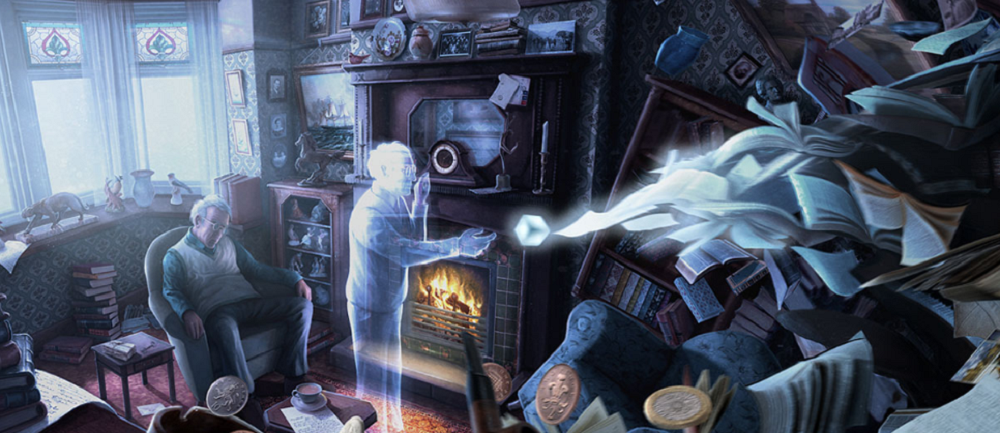
Secret 6: The Magic Words
The significance of a few magic words is something that I learned from my grandfather, who spoke his own special words moments before any magic took place. Create your own. These words are the transition away from the everyday. They are your promise to visitors of the quality experience that is about to come, and the reminder of who the magician is that is bringing it to them. In VR, they could come in the form of a short ritual or place, like a virtual room that is the gateway to another world.
I left the magic words at the end for a reason. The transition out of a trick may be different from the transition in, but framing the overall experience with your own branded magic at both the entry and exit point, will maintain its separation from the real world, before the HMD is lifted.

